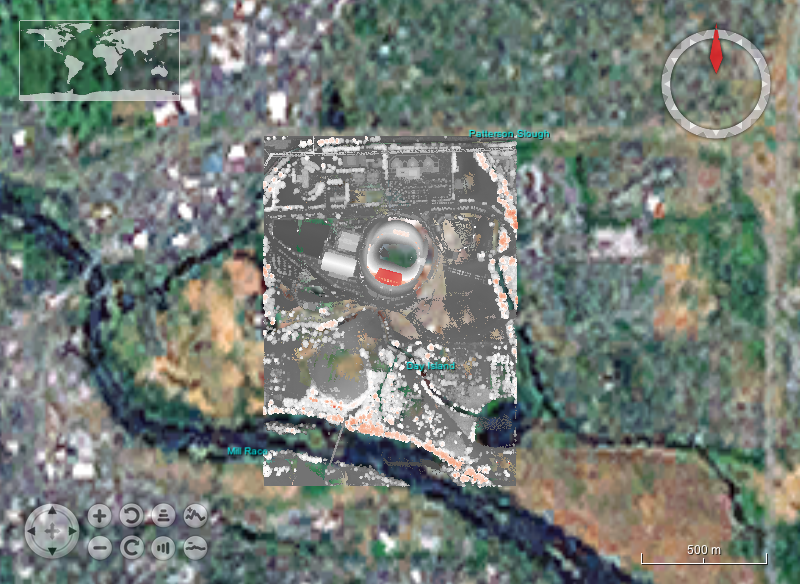

- TACTICAL GRAPHICS IN NASAS WORLD WIND EXAMPLE HOW TO
- TACTICAL GRAPHICS IN NASAS WORLD WIND EXAMPLE CODE
Therefore loading the data from disk is dispatched toĪnother thread pool, the ThreadedTaskService.
TACTICAL GRAPHICS IN NASAS WORLD WIND EXAMPLE CODE
One of the World Wind conventions is that no code mayĪccess the computer's disk in any way during rendering. Thread as the retriever, which is neither the event-dispatching (UI) thread nor the rendering thread, but the oneĬreated by the retrieval service for that retriever.ĭata that has been previously retrieved or is otherwise local (on disk) is brought into memory in a thread separateįrom the event-dispatching thread or the rendering thread. BasicElevationModel just persists the raw data. TiledImageLayer,įor instance, can convert non-DDS formats to DDS, or simply store the data as-is in the file cache. Persistence and any processing prior to it is object specific.
TACTICAL GRAPHICS IN NASAS WORLD WIND EXAMPLE HOW TO
RetrievalPostProcessor is passed the data immediately upon download and determines how to persist it. When a retriever's data arrives, the retrieval service calls the retriever's RetrievalPostProcessor, which was specified to the retriever's constructor. Access to the retrieval service is through WorldWind, which holds a singleton The service runs each retriever in an individual Objects retrieveĭata by passing the retrieval service a Retriever. RetrievalService manages a thread pool for retrieval tasks. The data the layer displays, and by an ElevationModel to retrieve elevation data. Retrievers are typically created by a Layer to retrieve The most commonly used concrete Retriever is HTTPRetriever, which

Retriever encapsulates a single network retrieval request. Implement retrieval are Retriever and RetrievalService. Retrieval and local caching of that data is therefore a primary feature of World Wind. World Wind works with enormous quantities of data and information, all of which exist primarily on remote data Implementations and easily integrate them into World Wind. This allows application developers to create their own Most of World Wind's components are defined by interfaces. Implementations of Model, SceneController and View. Wind provides several Globe objects representing Earth, Mars and the Earth's moon, and provides basic Objects implementing a particular interface may be used wherever that interface is called for. The objects implementing the above interfaces may be those provided by World Wind or those created by applicationĭevelopers. The scene controller subsequently manages the display of the globe and its layers inĬonjunction with an interactive View that defines the user's view of the planet. Model They then pass that model to a SceneController that displays the globe and its layers in a In typical usage, applications associate a Globe and several Layers with a View - interactively controls the user's view of the model.SceneController - controls the rendering of a Model.Model - aggregates a Globe and the Layers to apply to.Layer - applies imagery or information to a Globe.Globe - represents a planet's shape and terrain.In addition to WorldWindow, there are five major World Wind interfaces. Swing/AWT and, in the future, SWT-Eclipse. Toolkit-specific implementations of the interface are provided for The API is defined primarily by interfaces, soĬomponents can be selectively replaced by alternative components. The World Wind components are extensible. Applications use World Wind by placing one or more WorldWindow components World Wind is a collection of components that interactively display 3D geographic information within JavaĪpplications. The view package contains implementations, and support for implementations of the


 0 kommentar(er)
0 kommentar(er)
